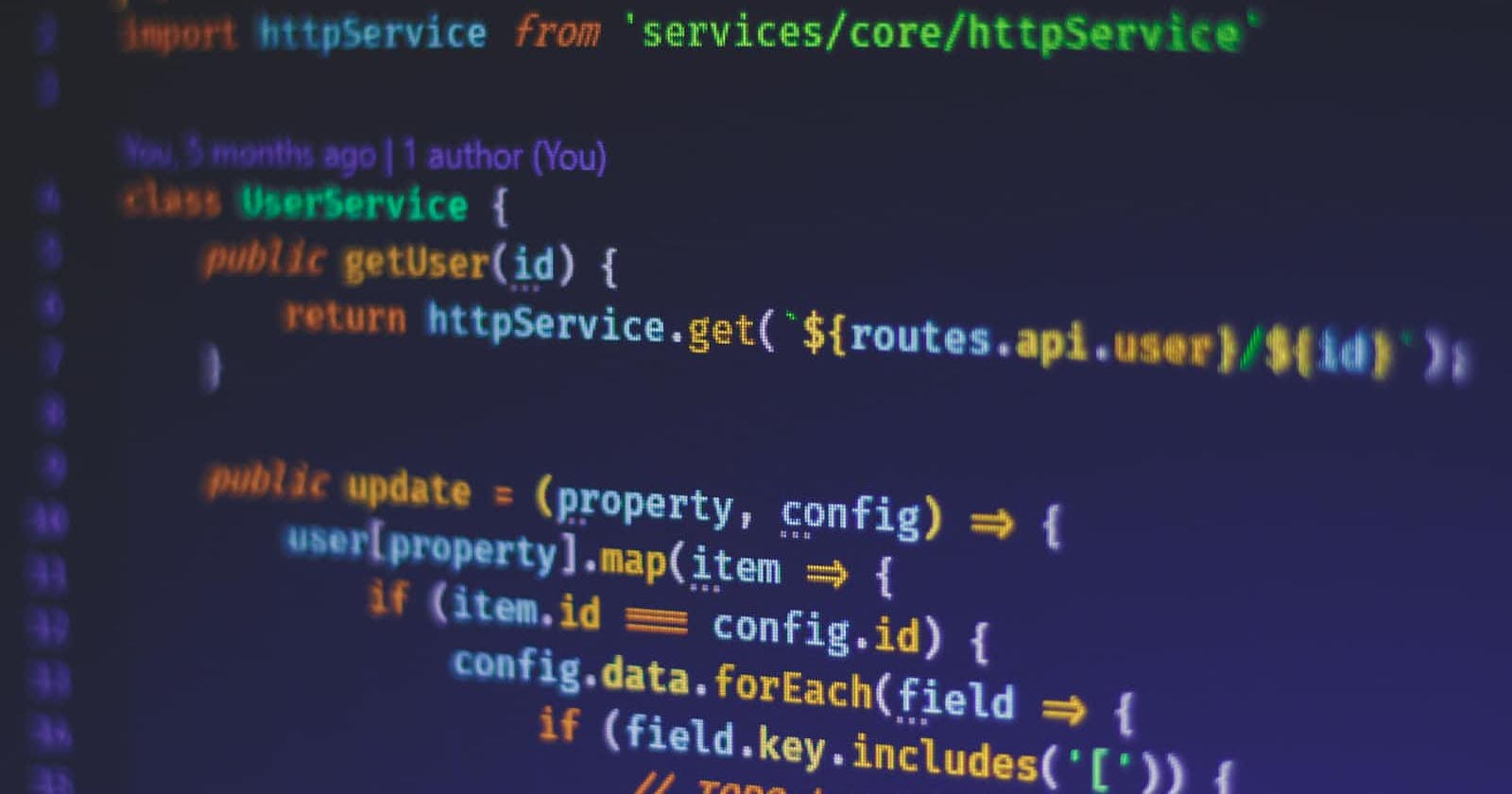
The Evolving Landscape of Frontend Web Development in 2024: Trends, Tools, and Techniques
In the fast-paced world of technology, frontend web development is a dynamic field that constantly evolves to meet the ever-changing demands of users and businesses. As we enter 2024, let's explore the latest trends, tools, and techniques shaping the front-end development landscape.
JavaScript Frameworks and Libraries:
- Frontend development in 2024 is heavily influenced by robust JavaScript frameworks and libraries. While stalwarts like React, Angular, and Vue continue to dominate, newer players have emerged, each catering to specific needs.
ReactJS: Facebook's ReactJS remains a powerhouse, known for its component-based architecture, virtual DOM, and vibrant ecosystem. The community-driven development ensures a steady influx of updates and improvements.
Angular: Developed and maintained by Google, Angular stands strong with its full-featured framework. Angular's two-way data binding and extensive tooling make it a preferred choice for large-scale applications.
Vue.js: Vue.js, with its simplicity and flexibility, has gained a dedicated following. Its progressive framework allows developers to adopt it incrementally, making it an excellent choice for both small and large projects.
Svelte: In recent years, Svelte has gained traction for its unique approach. Unlike traditional frameworks that shift tasks to the client's browser, Svelte compiles components into highly optimized JavaScript at build time, resulting in smaller bundle sizes and improved performance.
WebAssembly (Wasm):
The advent of WebAssembly has opened up new possibilities for front-end development. Wasm allows developers to write high-performance code in languages like C, C++, and Rust, which can run at near-native speed in web browsers. This is particularly beneficial for compute-intensive tasks, enabling the development of complex applications directly in the browser.
Progressive Web Apps (PWAs):
Progressive Web Apps continue to blur the lines between web and native applications. Offering offline capabilities, push notifications, and improved performance, PWAs enhance the user experience. The use of service workers and caching mechanisms ensures that users can access content seamlessly, even with a spotty internet connection.
Responsive Design and Mobile-First Approach:
With the increasing prevalence of mobile devices, front-end developers prioritize responsive design and a mobile-first approach. Websites must seamlessly adapt to various screen sizes, ensuring an optimal user experience across devices. CSS Grid and Flexbox are indispensable tools for creating fluid and responsive layouts.
State Management:
Efficient state management is crucial for building complex web applications. While global state management libraries like Redux (for React) and Vuex (for Vue) remain prevalent, newer solutions are emerging, such as Recoil and Zustand. These aim to simplify state management and enhance developer productivity.
GraphQL:
GraphQL has gained prominence as a powerful alternative to traditional REST APIs. With its flexible and efficient data querying capabilities, GraphQL enables front-end developers to request only the data they need, reducing over-fetching and under-fetching of data. Tools like Apollo Client and Relay help integrate GraphQL seamlessly into front-end applications.
Static Site Generators (SSGs):
SSGs continue to gain popularity for their ability to deliver fast-loading and secure websites. Frameworks like Next.js (React-based), Nuxt.js (Vue-based), and Gridsome (Vue-based) simplify the process of building static sites with dynamic capabilities, making them ideal for content-driven applications.
Web Components:
Web Components, comprising custom elements, templates, and shadow DOM, provide a standardized way to create reusable components. As browser support improves, web components become an integral part of front-end development, promoting code reusability and maintainability.
Serverless Architecture:
Serverless architecture is transforming the way front-end developers deploy and manage applications. Services like AWS Lambda, Azure Functions, and Google Cloud Functions allow developers to focus on code without the hassle of server management. This paradigm shift enables efficient scaling and cost-effective solutions.
Conclusion:
As we navigate the frontend development landscape in 2024, the emphasis is on efficiency, performance, and user-centric design. JavaScript frameworks and libraries continue to play a pivotal role, complemented by emerging technologies like WebAssembly, PWAs, and GraphQL. The evolution of front-end development is a testament to the industry's commitment to delivering seamless, engaging, and innovative web experiences. By staying abreast of these trends and embracing new tools, developers can ensure they are well-equipped to tackle the challenges and opportunities that lie ahead in the ever-evolving world of front-end web development.
